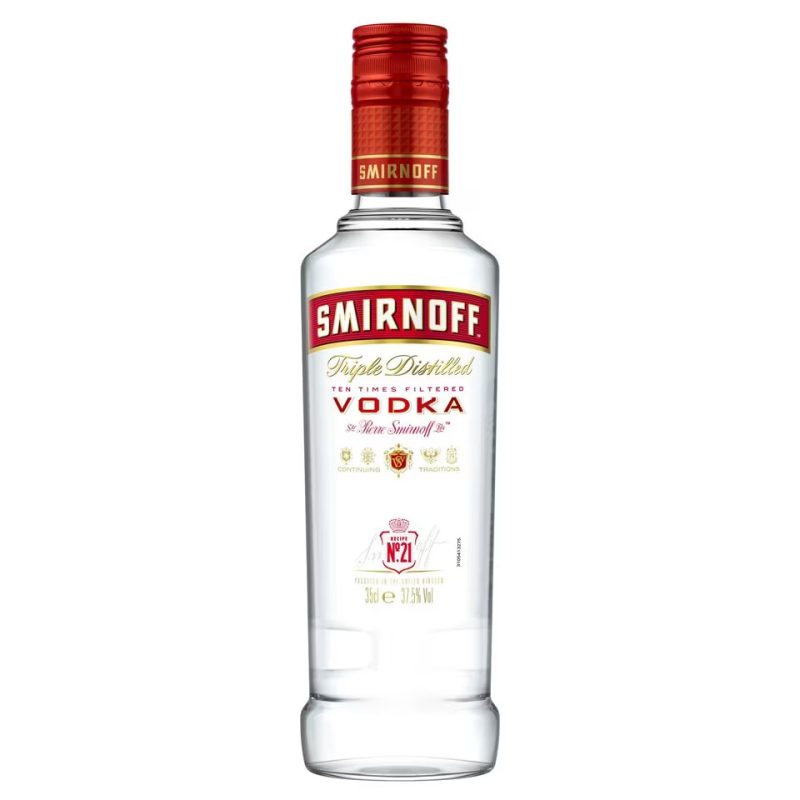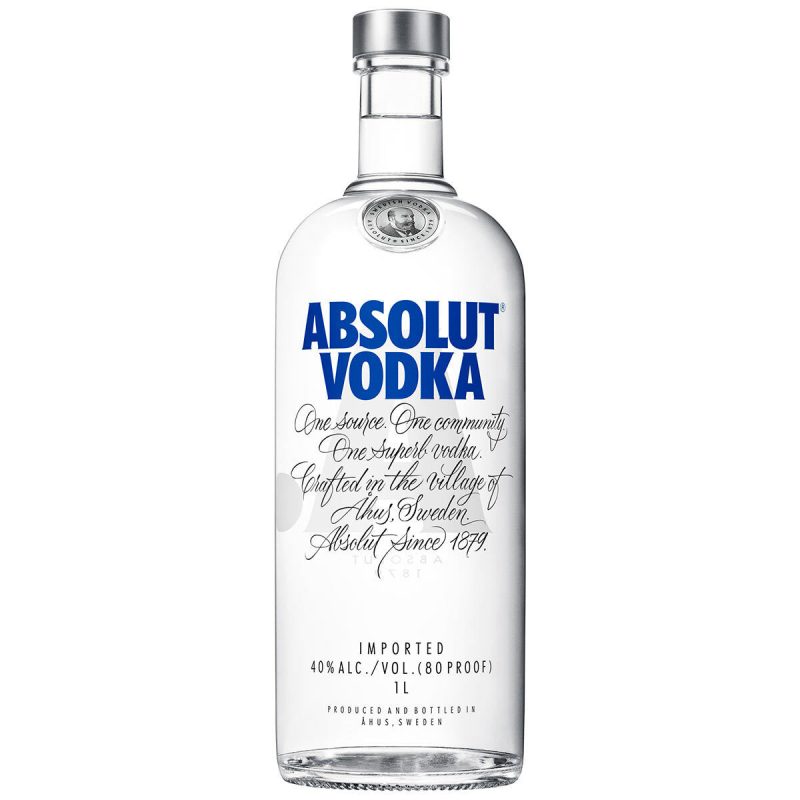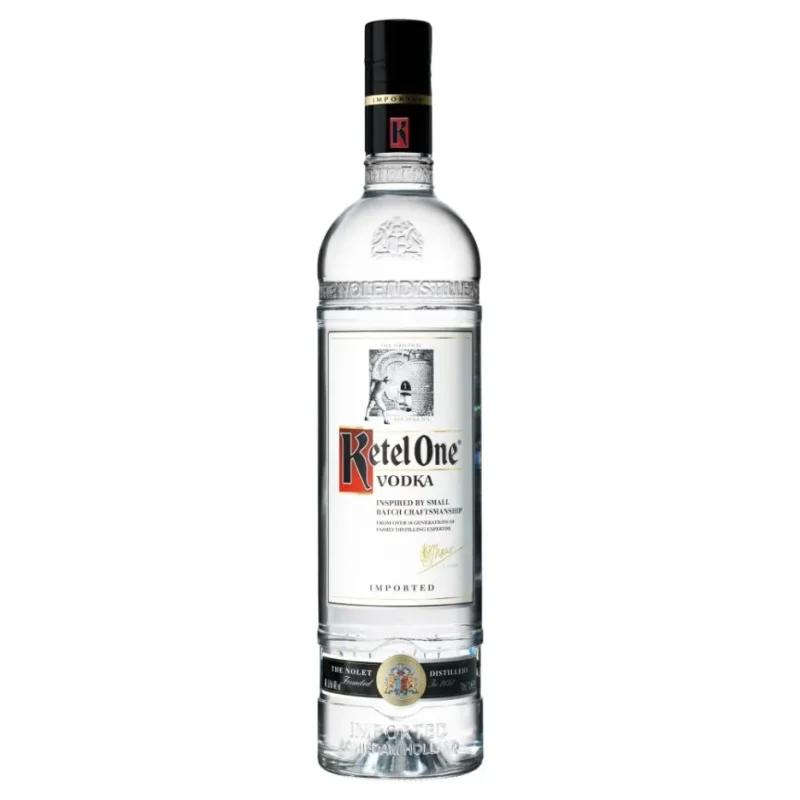Have you ever sipped on a glass of vodka and wondered what makes this clear spirit taste so unique? Vodka has a long history, and its taste can vary greatly depending on the type and brand you choose. In this article, we will dive deep into the world of vodka, discovering what truly shapes the taste of this popular spirit.
Best Budget Vodkas Ranked
What is Vodka?
Vodka is a clear, distilled alcoholic beverage that has origins in Eastern Europe. Traditionally, it is made by distilling fermented grains or potatoes, but it can also be made from other ingredients such as fruits and sugar. Vodka typically contains 40 percent alcohol by volume (ABV), though some brands may vary slightly in strength.
The Base Ingredients: Grains, Potatoes, and More
The taste of vodka is heavily influenced by the base ingredients used in its production. There are three main categories of base ingredients:
- Grains: Common grains used in vodka production include wheat, rye, and barley. The choice of grain can significantly affect the vodka's flavor, with wheat creating a softer and more delicate taste, and rye producing a spicier and more robust flavor profile.
- Potatoes: Potato-based vodkas tend to have a creamier and heavier mouthfeel with a slightly earthy taste.
- Other ingredients: Some vodkas are made from alternative ingredients, such as grapes, corn, and sugar beets. These can give the vodka its own unique flavor profiles – for example, grape-based vodka might have a slightly fruity taste, while corn-based vodka is often smoother and sweeter.
Distillation and Filtration: Impact on Taste
Two essential processes in vodka production that greatly affect its taste are distillation and filtration. Vodka is often distilled multiple times, which allows it to achieve a higher level of alcohol and purity while removing impurities like congeners that can impact taste.
- Distillation: The more times vodka is distilled, the smoother it becomes. A higher number of distillations also tends to result in a cleaner, more neutral taste. Some premium brands, like Grey Goose and Belvedere, are distilled multiple times to achieve a distinct, consistent flavor.
- Filtration: Filtration also plays a critical role in shaping the taste of vodka. Many vodkas are filtered through charcoal, which helps to remove impurities and congeners that could negatively affect flavor. Some brands use unique filtration methods, such as silver or lava rock, which can lead to a smoother, more polished taste.
Flavored Vodka: An Explosion of Tastes
In addition to traditional, unflavored vodka, the market offers a vast selection of flavored vodkas that can provide a whole new taste experience. Flavored vodkas are made by infusing the spirit with various natural or artificial flavors, such as fruits, herbs, spices, and even dessert-like notes. Some popular flavored vodkas include:
- Citrus (lemon, lime, orange)
- Berry (raspberry, strawberry, blueberry)
- Cucumber and mint
- Vanilla and chocolate
- Pepper and horseradish
Flavored vodkas can add a unique and exciting twist to classic vodka cocktails or be enjoyed on their own over ice.
How Does Vodka Taste Example:
For a more practical illustration of the differences in the taste of vodka, let's compare two popular brands with different production methods and base ingredients:
Smirnoff, one of the most well-known vodka brands, uses a multiple column distillation process and filters its vodka through charcoal. It is made from corn, resulting in a slightly sweet and smooth taste that lends itself well to mixed drinks and cocktails.
On the other hand, we have Stolichnaya, a Russian vodka made from a combination of wheat and rye. It undergoes multiple distillations as well but uses a more traditional filtration method. The combination of grains in Stolichnaya imparts a more complex and robust flavor profile, with a hint of spice that pairs well with savory cocktails and traditional Russian vodka accompaniments like pickles and cured meats.
Now that we've explored the world of vodka and its various taste profiles, it's time to experiment and find which kind of vodka suits your palate the best. Remember, every brand and type is unique, so don't hesitate to try different ones in your favorite cocktails or even straight up. Be sure to share this article with fellow vodka enthusiasts, and explore the other informative guides provided by Vodka Doctors – your one-stop source for all things vodka.
Frequently Asked Questions
What is the primary flavor characteristic of vodka?
Vodka is often described as having a clean and neutral taste, with a smooth and sometimes creamy texture. The flavor is subtle, with slight variations depending on the distillation process and the ingredients used.
Does vodka taste the same no matter the brand?
No, while vodka is intended to be flavor-neutral, the taste can vary between brands. Factors such as the water source, distillation process, and type of grain or other materials used can subtly influence the flavor and aroma.
Why does some vodka have a burning sensation?
The burning sensation, often associated with lower-quality vodka, is usually due to impurities that remain after insufficient distillation or filtration. Higher quality vodka tends to be more distilled and better filtered, resulting in a smoother finish without the harsh burn.
Are there vodkas with distinct flavors added?
Yes, there are flavored vodkas available that have had natural or artificial flavors added post-distillation. These can range from fruits and herbs to more exotic flavors like chocolate or even bacon.
Can the type of water used affect vodka's taste?
Absolutely. The mineral content of the water used in the production of vodka can influence its texture and subtleties in taste. Some distilleries use spring or mineral water for their unique characteristics.
How does the alcohol content influence vodka's taste?
Vodka's taste can be affected by its alcohol content. Higher proof vodkas may have a more intense, warming alcohol taste, while lower proof vodkas are generally smoother and easier on the palate.
Is vodka supposed to be tasteless?
While vodka is known for being relatively tasteless compared to other spirits, it's not completely devoid of flavor. It carries subtle hints of flavor and scent which can be appreciated by experienced tasters.
Does the material of the distillation equipment affect vodka's taste?
Yes, the material of the distillation equipment, commonly copper or stainless steel, can remove sulfur compounds and other impurities, potentially altering the taste of the final product.
Can you taste the difference between potato and grain-based vodkas?
Some people claim they can taste the difference between potato and grain-based vodkas, with potato vodka often described as being creamier and grain vodka as being sharper, although this can be quite subtle.
How does age affect the taste of vodka?
Unlike spirits such as whiskey or rum, vodka does not age once it's bottled, and its taste does not change significantly over time. It is designed to be consumed relatively young.
Does the method of consumption affect the taste of vodka?
Yes, the way vodka is consumed can influence its taste. Chilling vodka can subdue the alcohol's burn and make it smoother, while room temperature vodka might reveal more of its inherent flavors and textures.
Why do people sip vodka rather than mixing it?
Sipping vodka allows one to fully appreciate the subtle flavors and qualities of the spirit, especially if it's a high-quality vodka. This method is particularly popular in countries where vodka has a deep cultural significance, such as in Russia and Poland.
How do you properly taste vodka to appreciate its subtleties?
To properly taste vodka, start by observing its aroma, then take a small sip and hold it in your mouth for a moment to let the flavors unfold. Finally, swallow and note the aftertaste. Many aficionados recommend room temperature for tasting, as extreme cold can mask some nuances.
Does freezing vodka completely remove its flavors?
While freezing vodka won't completely remove its flavors, it can significantly dull the taste experience. The cold temperature suppresses the volatility of the compounds that contribute to the spirit's subtle aromas and flavors.
Are there health benefits to drinking vodka?
In moderation, vodka has been attributed with potential health benefits, such as being low-calorie compared to other alcoholic drinks and containing fewer impurities. However, excessive drinking negates these benefits and poses substantial health risks.
Can vodka ever have a sweet taste?
Generally, vodka is not sweet, but some varieties may have a slightly sweet aftertaste, depending on the original ingredients and production process. Flavored vodkas, certainly, can exhibit sweet characteristics.
How does charcoal filtration affect the taste of vodka?
Charcoal filtration can remove remaining impurities and smoothen the vodka, which enhances the purity of the taste and can lead to a more refined palate experience.
Why is vodka sometimes referred to as a "neutral" spirit?
Vodka is termed a "neutral" spirit because it is distilled to such a high degree of purity that it lacks a strong, distinct flavor, color, or smell compared to other alcoholic beverages, making it a versatile ingredient in cocktails.
How do differences in climate or region affect the taste of vodka?
The climate or region can certainly affect the ingredients (like grains or potatoes) which in turn can influence the vodka's taste. Moreover, regional water sources, as well as local production practices, can impart unique characteristics to the vodka.
What is the "mouthfeel" of vodka and how is it described?
Mouthfeel refers to the textural sensation of vodka as it's consumed. It can range from velvety or creamy to oily or silky. The mouthfeel is an important aspect of the overall taste experience of vodka.
How does a vodka's viscosity affect its flavor profile?
A vodka's viscosity, or thickness, can affect how the flavors are delivered and experienced. A more viscous vodka typically feels richer and may linger longer on the palate, which may either enhance or mask the inherent flavors of the spirit.
















